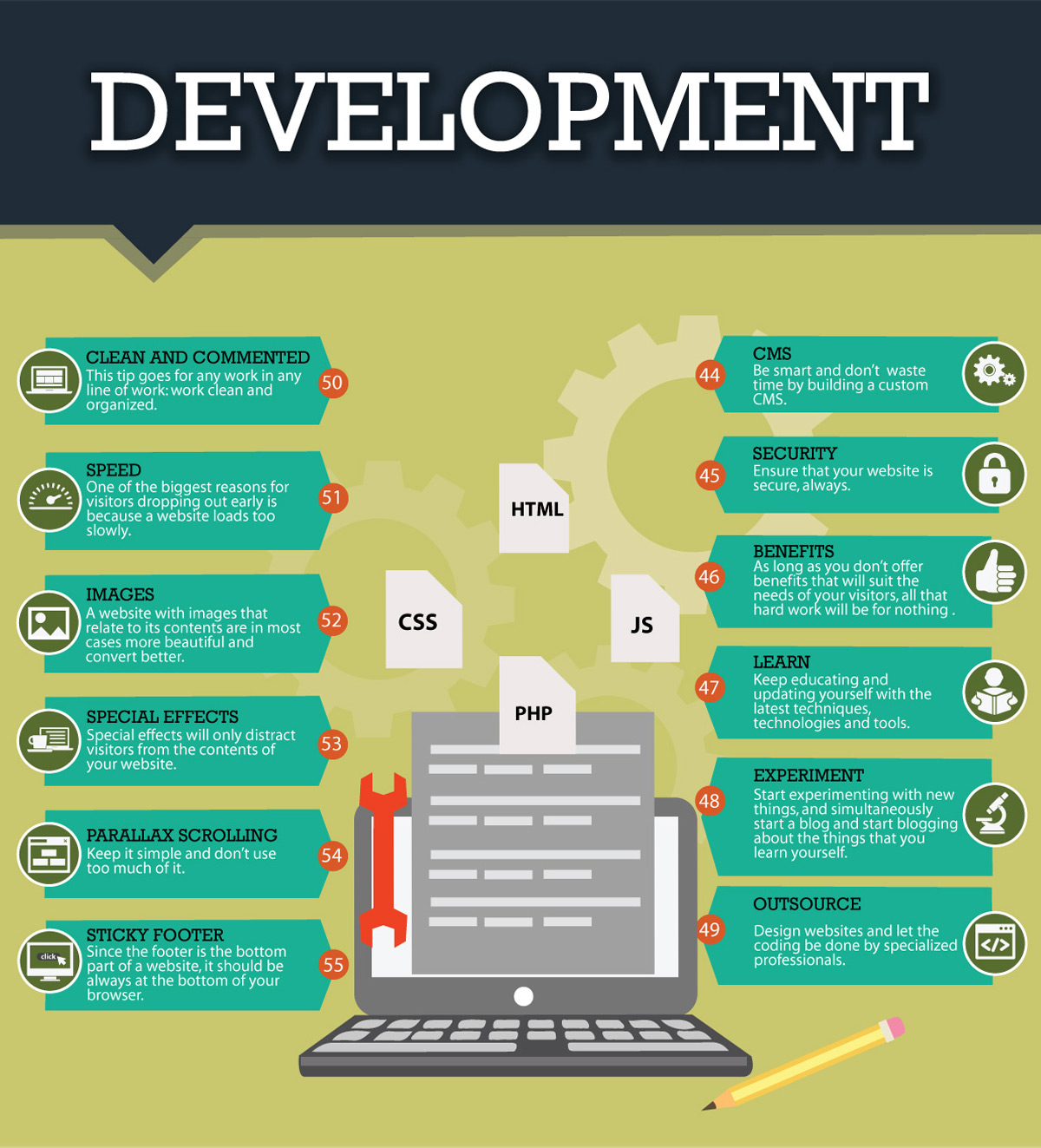The Evolution Of Website Layout: From Past To Present
The Evolution Of Website Layout: From Past To Present
Blog Article
Article Author-Bradshaw Hyldgaard
In the past, internet sites were basic and focused on details. Navigating was direct, and style was for desktops. Currently, user experience is key. Information overviews designs for simple navigation. Responsive designs suit different gadgets. Today, dark setting reduces strain, and minimal food selections improve navigating. Interactive attributes involve customers, and bold visuals stand out. AI integration improves involvement. See exactly how layout has actually advanced to boost your on the internet journey.
Very Early Days of Website Design
In the very early days of website design, simpleness reigned supreme. Sites were standard, with limited colors, font styles, and layouts. The emphasis was on giving information rather than flashy visuals. Users accessed the web through slow dial-up links, so rate and functionality were vital.
Navigating menus were straightforward, typically located at the top or side of the web page. Websites were designed for home computer, as mobile surfing wasn't yet prevalent. Material was king, and developers focused on very easy readability over complex design aspects.
HTML was the main coding language utilized, and designers needed to work within its constraints. Computer animations and interactive functions were minimal compared to today's criteria. Websites were fixed, with little vibrant content or customized individual experiences.
Surge of User-Focused Style
With the advancement of web site layout, a shift in the direction of user-focused layout principles has ended up being significantly prominent. Today, producing internet sites that prioritize user experience is essential for involving site visitors and attaining business objectives. User-focused layout involves recognizing the demands, preferences, and habits of your target audience to tailor the internet site's design, web content, and features accordingly.
Developers currently carry out detailed study, such as customer surveys and usability testing, to collect insights and feedback directly from individuals. This data-driven method helps in producing user-friendly navigating, clear calls-to-action, and visually enticing interfaces that resonate with visitors. By putting the customer at the center of the design procedure, web sites can deliver an extra individualized and enjoyable experience.
Receptive design has also emerged as a key aspect of user-focused layout, making certain that websites are maximized for various devices and display dimensions. https://theamericangenius.com/business-marketing/seo-the-unsung-hero-of-digital-marketing-success/ and functionality, satisfying the diverse methods users engage with web sites today. Fundamentally, the increase of user-focused design represents a shift towards developing electronic experiences that focus on the needs and assumptions of completion customer.
Modern Trends in Web Design
Explore the most recent fads shaping web design today. ada guidelines for websites is dark mode style, providing a streamlined and modern appearance while minimizing eye stress in low-light settings. Another crucial trend is minimal navigation, streamlining food selections and boosting individual experience by focusing on essential elements. Including micro-interactions, such as computer animated switches or scrolling impacts, can develop a much more appealing and interactive web site. Receptive layout remains critical, ensuring smooth individual experiences across various devices. Furthermore, using bold typography and unbalanced layouts can include visual rate of interest and accentuate details web content.
Incorporating AI modern technology, like chatbots for customer assistance or individualized recommendations, enhances user engagement and enhances procedures. Access has also come to be a considerable trend, with developers prioritizing comprehensive design techniques to accommodate varied customer needs. Embracing sustainability by optimizing website performance for speed and performance is one more arising trend in website design. Teaming up with individual comments and data analytics to iterate and boost design continuously is necessary for remaining appropriate in the ever-evolving digital landscape. By embracing these contemporary trends, you can develop an aesthetically enticing, easy to use internet site that resonates with your target market.
Verdict
As you review the advancement of internet site layout from the very early days to now, you can see how user-focused layout has become the driving force behind modern trends.
Welcome the journey of change and adaptation in website design, always keeping the customer experience at the leading edge.
Stay present with the most up to date trends and technologies, and never quit developing your strategy to produce aesthetically stunning and user-friendly web sites.
Advance, adapt, and create - the future of web design remains in your hands.
